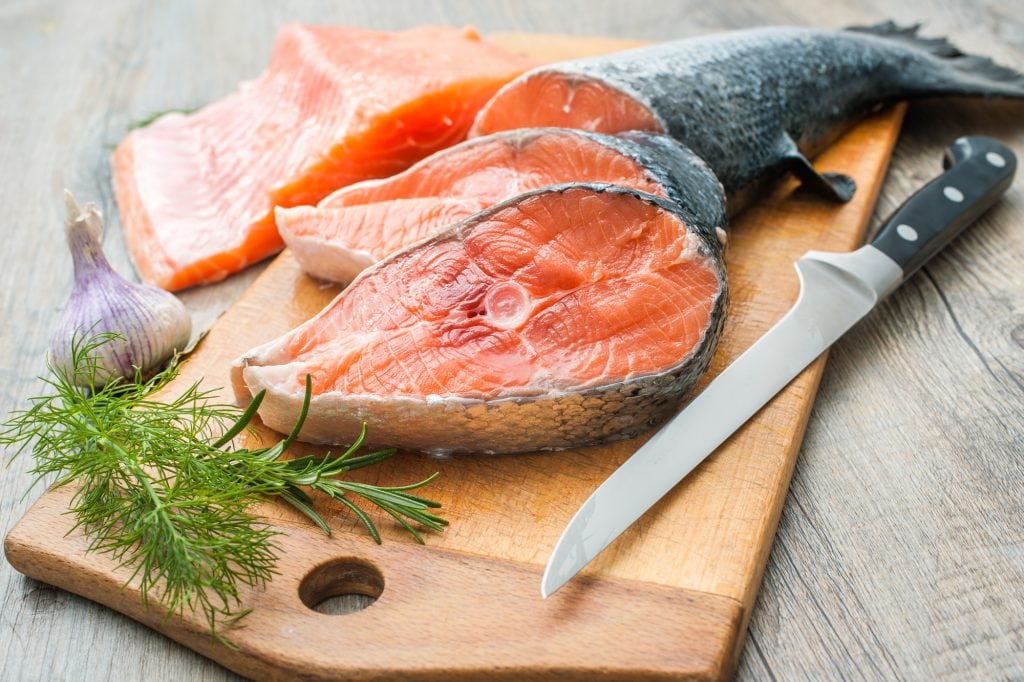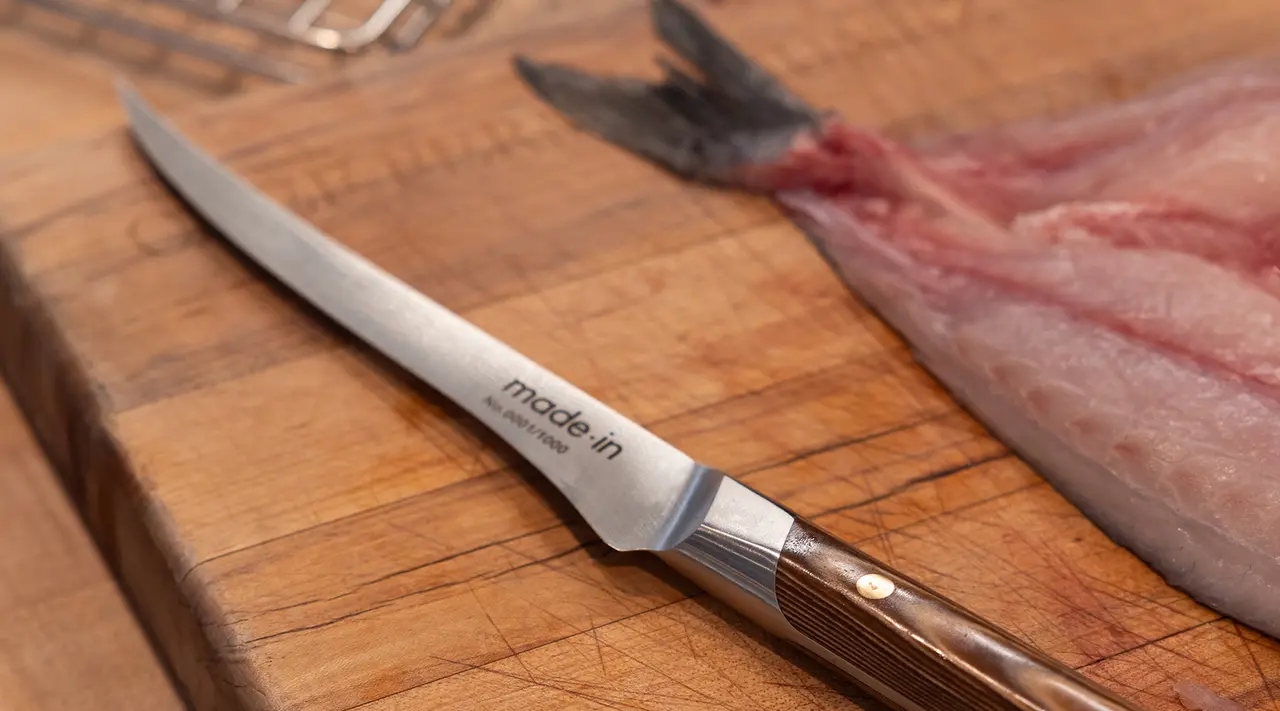For kitchen professionals and cooking enthusiasts alike, understanding how often to sharpen a boning knife is crucial to maintaining the knife’s performance and longevity. A dull knife not only makes work harder but can also be dangerous. In this article, we will explore the factors influencing sharpening frequency and offer practical advice on keeping your boning knife in top condition.

Understanding the Boning Knife
A boning knife is a specialized tool designed for removing bones from meat, poultry, and fish. Its sharp, narrow blade allows for precise cuts, making it an essential tool in the kitchen. But how do you ensure it remains effective? The answer lies in regular maintenance and sharpening.
Factors Affecting Sharpening Frequency
Several factors determine how often you should sharpen your boning knife. These include the material of the blade, frequency of use, and the type of food being prepared. A high-quality stainless steel blade might require less frequent sharpening compared to a carbon steel blade.
Frequency of Use
The more often you use your boning knife, the more frequently it will need sharpening. Professional chefs who use their knives daily might need to sharpen them once a week, while home cooks might only need to do so once a month.
Type of Food Prepared
Using your boning knife on tougher meats or bones can dull the blade faster. Regularly cutting through chicken bones, for example, will require more frequent sharpening than slicing through fish.
Signs Your Boning Knife Needs Sharpening
Recognizing when your knife needs sharpening is key to maintaining its effectiveness. If your knife begins to tear rather than slice, or if you notice increased effort in cutting, it’s time to sharpen it.
Testing Sharpness
A simple test for sharpness is the paper test. Try slicing through a piece of paper with your knife. If it cuts smoothly, the knife is sharp. If it struggles or tears the paper, it needs sharpening.
How to Sharpen Your Boning Knife
There are several methods to sharpen your boning knife, including using a sharpening stone, honing rod, or electric sharpener. Each method has its advantages and is suitable for different levels of user experience.
Using a Sharpening Stone
A sharpening stone, or whetstone, is a traditional and effective way to sharpen knives. Start with a coarse grit to reshape the edge, then finish with a fine grit for a polished edge.
Honing Rod
While honing does not sharpen the blade, it helps maintain the edge by realigning it. Use a honing rod regularly to keep your knife in good condition between sharpenings.
Electric Sharpener
For those looking for convenience, an electric sharpener can quickly restore your knife’s edge. However, be cautious as excessive use can wear down the blade over time.
Maintaining Your Boning Knife
Proper maintenance extends the life of your boning knife. Always clean and dry it immediately after use to prevent rust and corrosion. Store it in a knife block or on a magnetic strip to protect the edge.
Storage Tips
Never store your boning knife loose in a drawer. This can cause the edge to dull faster and may even damage the knife.
Conclusion
Knowing how often to sharpen your boning knife is key to maintaining its functionality and safety. Regular maintenance, proper storage, and understanding the factors that affect sharpening frequency will ensure your knife remains a reliable tool in your kitchen.

FAQs
How can I tell if my boning knife is sharp enough?
Perform the paper test: slice through a piece of paper. If it cuts smoothly, it’s sharp. If not, it needs sharpening.
What is the best tool for sharpening a boning knife?
A sharpening stone is highly recommended for its precision, but honing rods and electric sharpeners are also effective options.
How often should a home cook sharpen their boning knife?
Home cooks should sharpen their boning knives once a month, depending on usage frequency and the foods being prepared.
For more information on boning knives, visit Wikipedia or explore professional tips at Professional Tips.
This article contains affiliate links. We may earn a commission at no extra cost to you.


